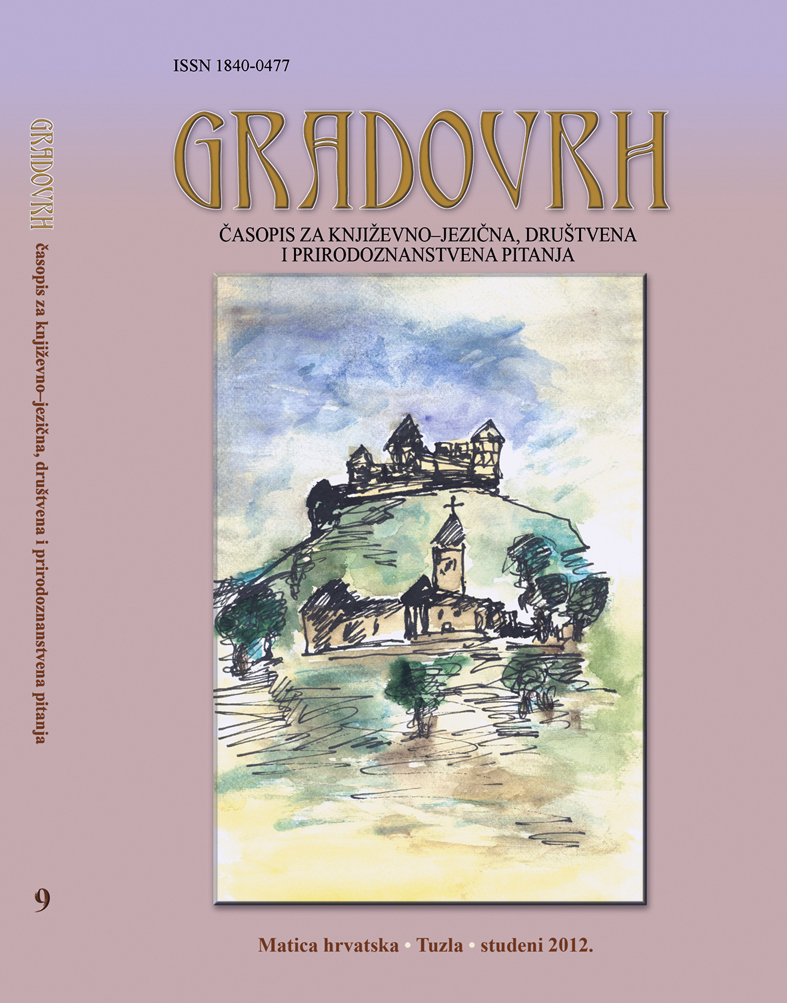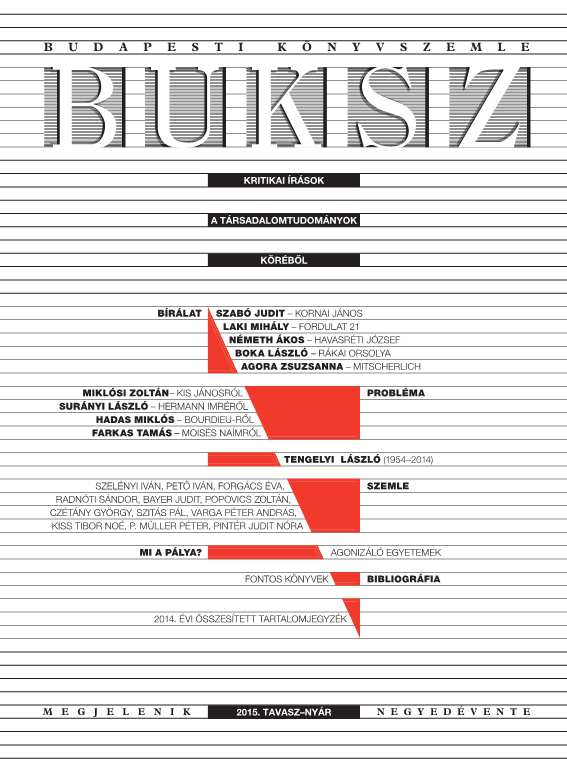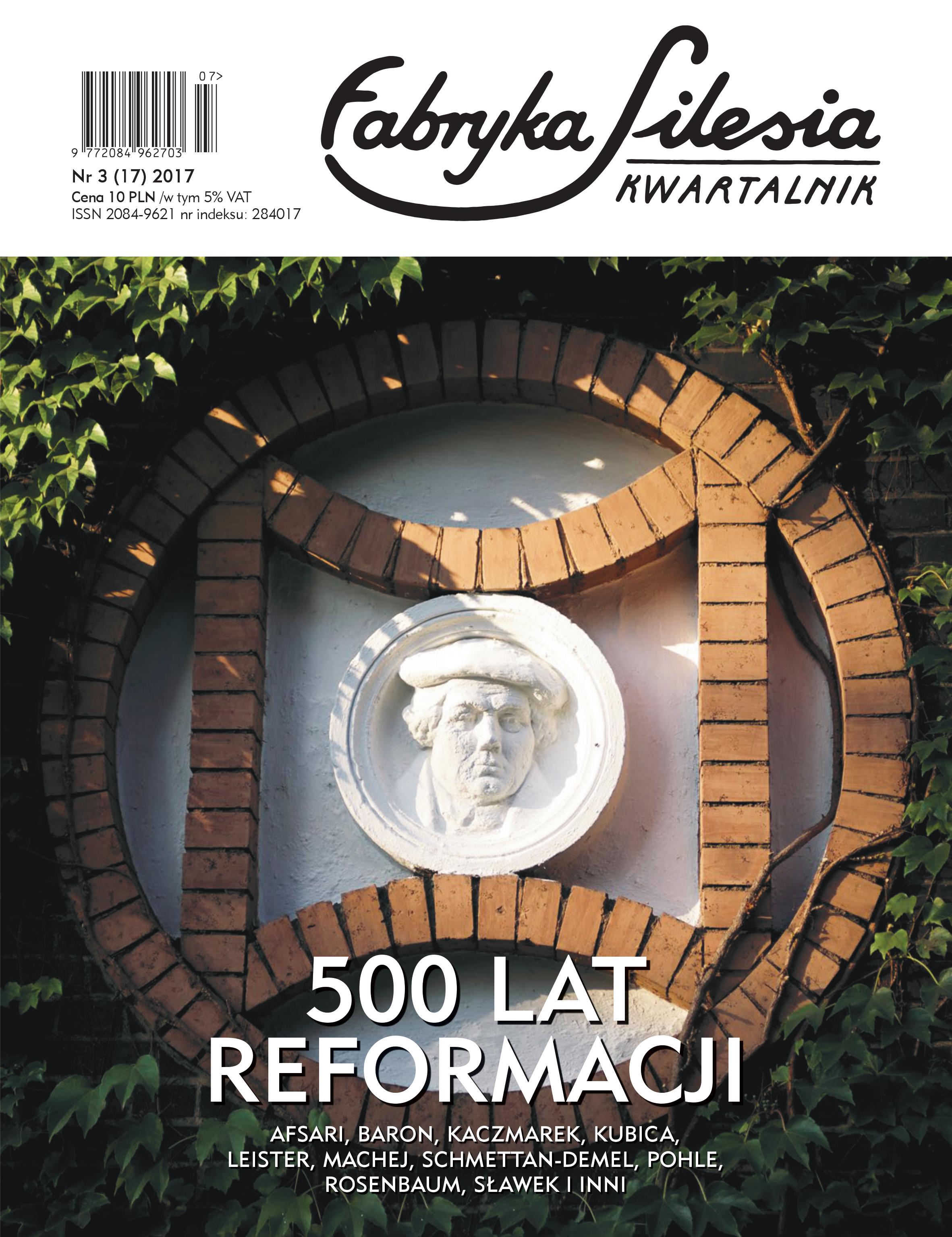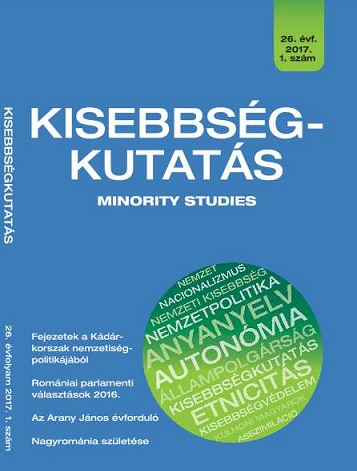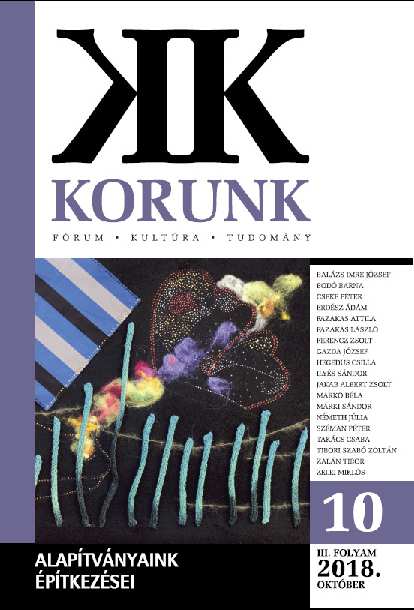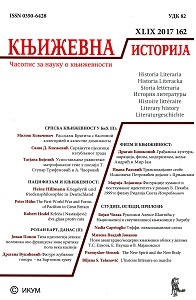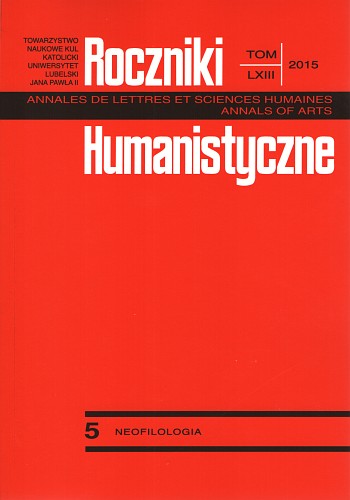
Die Natur in den „Psalmen“ von SAID im religiösen Kontext
The “Psalms” of SAID refer to the Islamic and Judeo-Christian traditions, and at the same time they exceed far beyond the scope of three great monotheistic religions. The thesis of this article is as follows: the vision of nature presented by SAID is contrary to anthropocentric perspective that is dominant in three great monotheistic religions (in the framework of the relation between man and another elements of creation). The relation between God, man and other elements of creation cannot always be reconciled with the principles of these religions. The lyrical subject hopes, that the man becomes more integral part of the world and doesn’t have the privileged status among the other elements of creation. Not only does the lyrical subject distance itself from the anthropocentric and theocentric perspective, but also it creates its own, poetically supra-denominational image of God created from the spirit of nature.
More...
